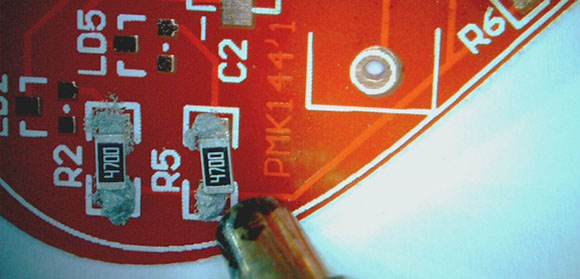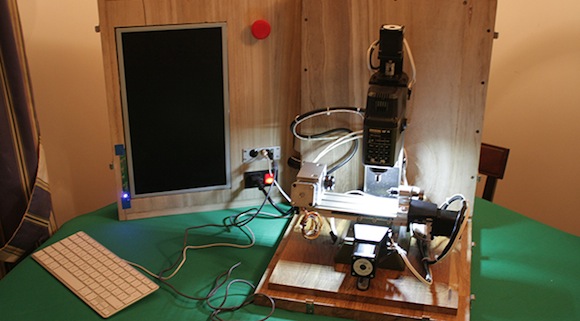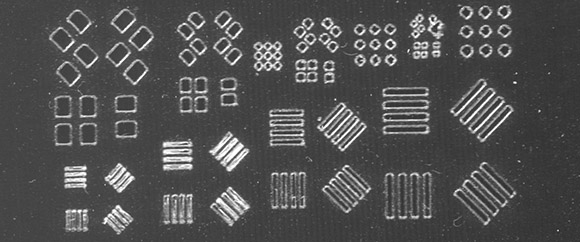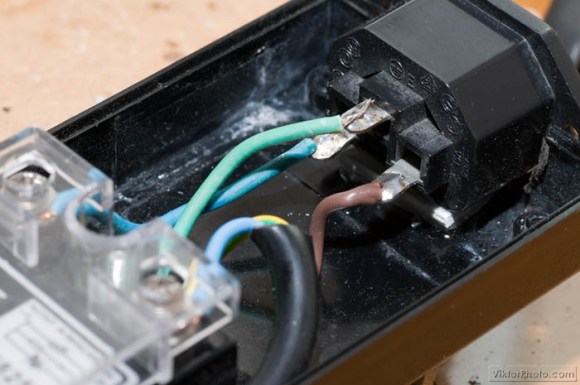
Lasik eye surgery is pretty common these days, but there are of course easier and cheaper ways to solder SMD components. [techpawpanda] wanted a video camera to see what was going on when he placed and soldered very tiny components on his board, but commercial SMD video cameras were terribly expensive. He wound up using a USB microscope to place and solder these tiny parts, and we’re thinking his SMD soldering station is the bee’s knees.
[techpawpanda]’s video-based SMD station is built around a USB microscope available at the usual online retailers for $40. This camera is mounted on a wooden base with a USB hub allowing the camera to be plugged in along with a few USB LED lights and a USB fan for a rudimentary form of fume extraction.
The results are impressive – even at 11x magnification, [techpawpanda] can put paste on pads and place even the smallest SMD parts. All this in a device that is small enough to fit in a shoe box, or be tucked neatly away whenever it is not needed.
















